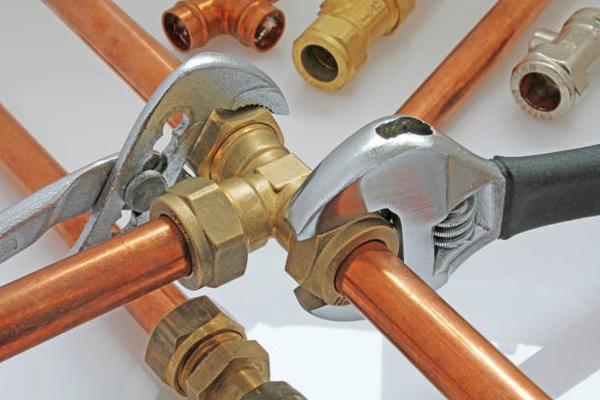Piping installation is a crucial aspect of any construction project, whether it be for residential or commercial purposes. However, like any other construction process, there are common issues that may arise during the piping installation. These issues can cause delays in the project timeline and increase costs if not addressed promptly. In this article, we will discuss some of the most common issues that occur during piping installation and how to troubleshoot them effectively.
One of the most common issues that can occur during piping installation is leaks. Leaks can be caused by a variety of factors, including improper fitting connections, corrosion, or physical damage to the pipes themselves. To troubleshoot a leaky pipe, start by identifying the source of the leak. This may require inspecting all fittings and connections along the pipe to determine where water is escaping. Once you have identified the source of the leak, you can then take steps to repair it, such as tightening fittings or replacing damaged sections of pipe.
Another common issue that may arise during piping installation is clogs or blockages in the pipes. Clogs can be caused by debris buildup within the pipes or improper installation techniques that result in poor flow through the system. To read further troubleshoot a clogged pipe, start by using a plumbing snake or auger to clear any obstructions within the pipe. If this does not resolve the issue, you may need to disassemble sections of pipe to manually remove blockages.
In addition to leaks and clogs, another common issue during piping installation is inadequate water pressure. Low water pressure can be caused by several factors, including undersized pipes or incorrect placement of valves and fittings within the system. To troubleshoot low water pressure in your piping system, start by checking all valves and fittings for proper operation and alignment. You may also need to inspect pipe sizes and lengths to ensure they are adequate for providing sufficient water flow throughout your building.
Lastly, one final common issue that may occur during piping installation is noisy pipes. Noisy pipes can be caused by a variety of factors such as loose fittings or air trapped within the system. To troubleshoot noisy pipes in your building’s plumbing system,start by inspecting all visible fittings and connections for signs of looseness.If you suspect air trapped within your pipes,you may needto bleed air outofthe linesbyopeningfaucets at high pointsinthe systemandallowingwatertoflowthroughuntilallairis expelled.
In conclusion,pipinginstallationcanbea complex process with various potentialissues.

